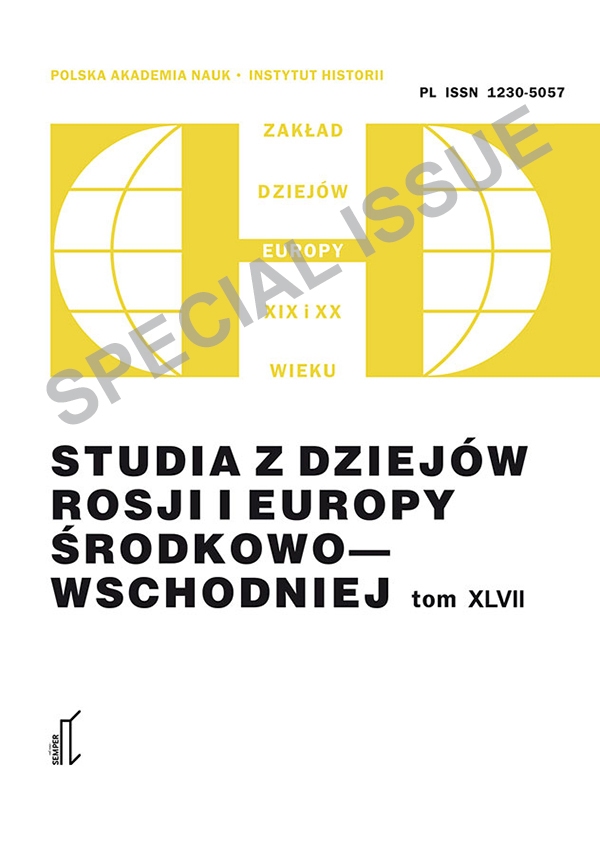Prekmurje – separation from Hungary and connection to Slovenia (1919–1920)
DOI:
https://doi.org/10.12775/SDR.2012.22Słowa kluczowe
Prekmurje, Hungary, Slovenia, Vendvidek, dialect of the Slovak languageAbstrakt
The issue of the presented article is a continuation of the author’s reflections concerning Central Europe in recent history. The main attention in this article was focused on a small, in terms of area and population, the historical-geographical region, which is Prekmurje. Till World War I it belonged to two western Hungarian administrative units of Vas and Zala, and together with the adjoining Porabje were called Vendvidek. Despite this fact the Slavic population of Prekmurje did not succumb to the Hungarian influences, which was the result of persisting in Prekmurje and neighboring lands of the cult of Saints Cyril and Methodius. A great importance in preserving the identification of the Slovenian population of Prekmurje was the role which played the Slovenian population in the security system called „Gyepű” and „Őrseg” (guard). Citations from publications of Hungarian authors, who admit that the Hungarians learned from the Avars to treat the Slavic population as a bulwark on the frontier taking the first blow of the enemy, are presented in the text. Therefore, the first villages of Prekmurje inhabited by the Hungarian population are separated at least several kilometers. An important role in the history, culture and shaping the national consciousness of the Slovenian population of Prekmurje played Prekmurje dialect of the Slovak language. Prekmurščina has four dialects known as Pannonia or Prekmurje. They are considered the closest to the roots of the old common Slavic language.Pobrania
Opublikowane
2012-01-01
Jak cytować
1.
ZAWISTOWSKA, Renata. Prekmurje – separation from Hungary and connection to Slovenia (1919–1920). Studia z Dziejów Rosji i Europy Środkowo-Wschodniej [online]. 1 styczeń 2012, T. 47. [udostępniono 1.7.2025]. DOI 10.12775/SDR.2012.22.
Numer
Dział
Inne
Statystyki
Liczba wyświetleń i pobrań: 584
Liczba cytowań: 0



